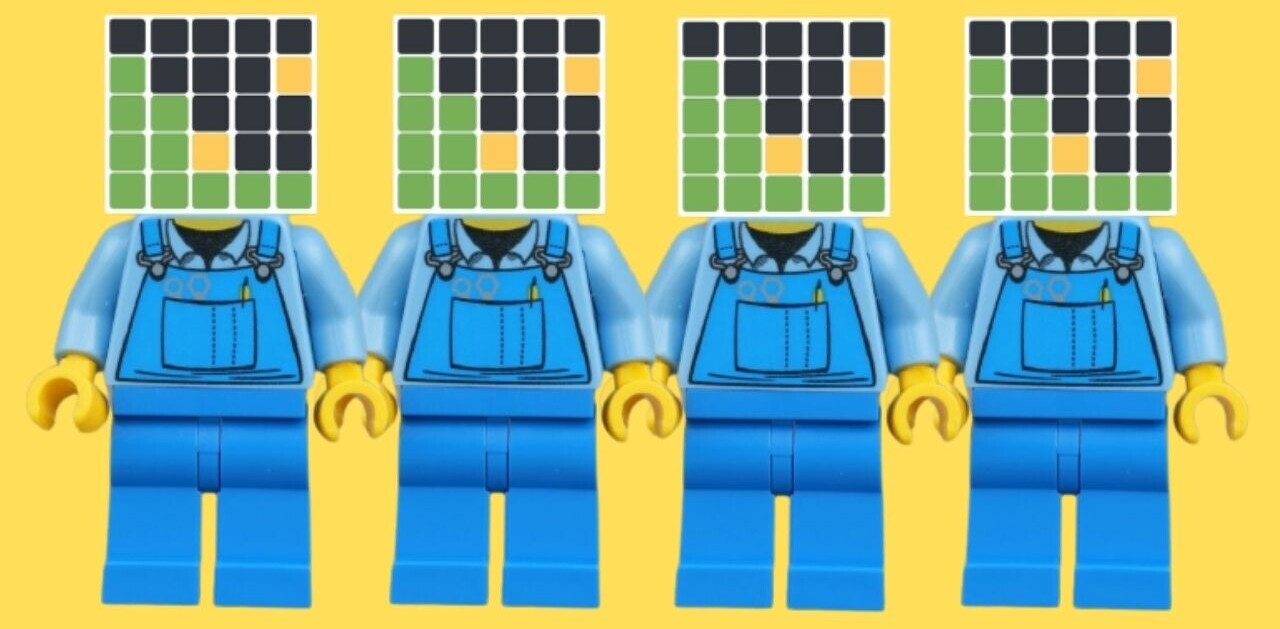
Ayloo, a brand new social network that has just launched publicly today, wants you to have meaningful conversations. The new site is built on the concept that the most important feature a social site should address is users interacting with one another. And Ayloo does that very well.
We covered Subjot last month, a social network which allows you to follow specific topics your friends talk about, rather than follow every single update they make. Ayloo takes a different approach by making it easy to follow the topics themselves.
Getting started with Ayloo
So how does Ayloo work? After signing up for a free account, you’ll find that there are various topical streams you can join. If there’s a stream that you think is missing, you can always create it yourself.

Once you’ve joined and created your streams, you can get down to what Ayloo is really all about – conversations. Within each stream, you can can create new posts (or conversations) consisting of text and photographs.
Not only can you post updates within streams, you can also post updates which appear on your profile, and by extension, in your contacts’ feed.
When it comes to sharing photographs, you can add multiple photos to one post, and Ayloo’s layout is sleek and will do your photos justice.

Aside from basic updates, you can also create blog posts within streams or on your profile, which gives you the addition of text formatting, although we’re told there’s much more to expect from this feature.
It’s all about conversation
With each post, there are two different ways you can respond. You can either leave a comment, consisting of text and photos, directly on the post, or if you hit the green sprout button, you can switch gears and create a related post.

The beginning of your sprout will appear as a comment on the original post, with a link to your new update.

As for the new post, it will also link back to the original conversation, or the root.

Aside from joining streams, you can also add individuals as contacts as well, and their updates outside of any streams will be visible in your home feed.
Privacy and organization
When you add other users to your contacts, you can also add them to lists, so that when you view your home feed, you can filter the feed to see updates from your friends, family, or any other custom lists you create. In addition, when you add a new contact, you can choose whether or not to share your older posts with them.


When posting to a public stream, anyone can see your update, even if they haven’t joined that stream. When it comes to privacy of streams, you can choose to create a private stream, inviting only specific members to join.
You can also ‘heart’ other people’s updates, but these favourites are not visible on your public profile – only you can see them.
Behind the scenes with the co-founder
Ayloo is launching into a busy and extremely competitive market, but co-founder Mark Johnson told The Next Web what they have to offer which sets them apart from the rest.
We think there’s a lot that sets us apart from current community sites and social networks. I think the easiest way to illustrate how we’re different is by thinking of us as a meeting point between three types of online communication: blogs, forums, and social networks. They all have their pros and cons, but we’re trying to take the best parts of each of them and make one solid product.
When it comes to blogging, Mark sees it as a great tool for creating your own content, or curating a blog based on your personal interests:
But if you’re making a personal blog you’ve really got to be actively promoting it to find and attract an audience because you’re effectively a destination site. On top of that, there isn’t really much of a networking backbone, and the conversations that occur due to the original post aren’t equally weighted so they are often overlooked.
Forums, according to Mark, are great for conversations:
This isn’t surprising considering people on forums have some sort of similar interest, otherwise they probably wouldn’t visit or be a part of that forum. But with forums, you’re talking to people masked behind usernames and avatars, not their real identities, and there isn’t much of a social networking aspect to them either – it can be hard to gather people you know to discuss things you’re passionate about. Plus the vast majority of them haven’t changed much since 1996.
And while he sees social networks as a great way to connect and keep in touch, it has its shortcomings:
We’re really being bombarded these days with so much content that isn’t directed at us. So most valuable content gets drowned out by noise. And our profiles and personas on these networks feel like they haven’t really been ours – we lack control over them. We just make the profile and then our privacy and personal information are suddenly held at the mercy of the network.
And that’s where Ayloo comes in:
There are two big problems that remain to be fixed once you mash these three platforms together, and that’s providing a sense of context (knowing who can see what) and the ability for conversations to evolve naturally (our sprouts feature). I think by adding those two things with a clean, friendly, and simple design aesthetic we set ourselves apart from our competition.
Asking Mark about what inspired him, and the rest of the team, to launch the site, he told us:
Ayloo was actually an evolution of something we created back in high school. Mark Cicoria, Chris McCarran, and I built our own personal group blog. We only invited the people we knew, so we felt really comfortable sharing stuff that we knew would be of interest to the others involved, and since it was our network we had total control of it. Back then it was just for fun – a way for Mark and Chris to learn more about programming and for me to learn more about design.
We ended up splitting off and going our separate ways for college – Chris McCarran to Cal Poly in San Luis Obispo, California, Mark Cicoria to Rensselaer Polytechnic Institute in New York, and I went to the Savannah College of Art and Design in Savannah, Georgia.
While they were in college, Chris and Mark Johnson started working on a new version of their high school site, but with the aim of taking it public.
At this time (around 2008-09) Facebook was huge (and it still is), and all of our friends were on it, but it really wasn’t satisfying us with its ability to support conversations of value. This was mainly because you didn’t know who could see what, the content was overwhelming and not really directed at you to begin with, and their privacy controls were driving us crazy.
Working from different locations, the team, began to put together what is now Alyoo. They were later joined by their high school friend Shaun Swanson.
We set about shifting our focus from list based conversations to streams which could be curated by a community or independently. This allowed us to merge the social experience with interest based community experiences, creating what we feel is a much more valuable conversation space online since it allows for conversations with the people you know on topics you actually care about.
We also asked Mark, if he could tell us just one thing about Ayloo, what would it be, and he said:
We really, truly value our users and their input. We might be the ones building this site, but it’s not just for us. We want everyone who uses Ayloo to have a say in what we do. Our site is only as strong as our users, and that’s why we’ve built tools like the Feedback Lab and often solicit discussion on our team blog to help them steer us in the right direction.
Our Verdict
Ayloo’s UI is very easy on the eye. It’s a straightforward site, and once you understand how sprouts work, you’ll find yourself diving into an extremely welcoming community who have been quietly testing the site for quite a while. The division of content into topical streams seems to have had a very positive effect on interaction, possibly because you’re actively seeking out the topics that are of interest to you. In short, we’re definitely fans of the site.
The team behind Ayloo are also extremely receptive to feedback and user suggestions, which is always a huge plus when it comes to a social network.
The only question in our minds is – does Ayloo offer enough to convince people to use it alongside Facebook, Twitter, and Google+? Out of the three social networks, Google+ is probably closest to Ayloo is concept and in community spirit as well, and whether or not Google+ itself will succeed remains to be seen. In that respect, Ayloo certainly has its work cut out for it, but by bringing something different to the table – streams and sprouts – that could very well happen.
Have you tried out Ayloo? Let us know what you think of it in the comments.
Get the TNW newsletter
Get the most important tech news in your inbox each week.





